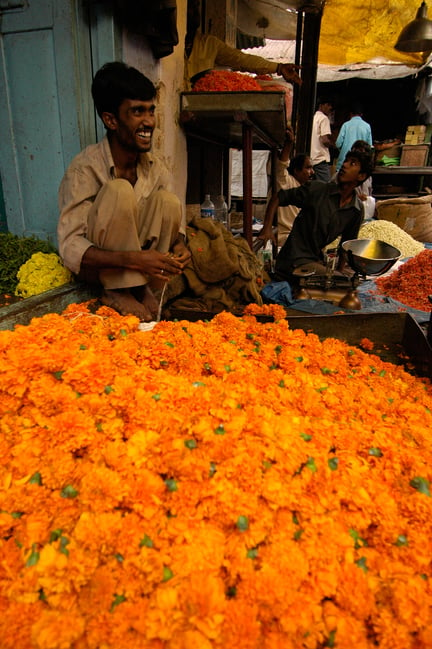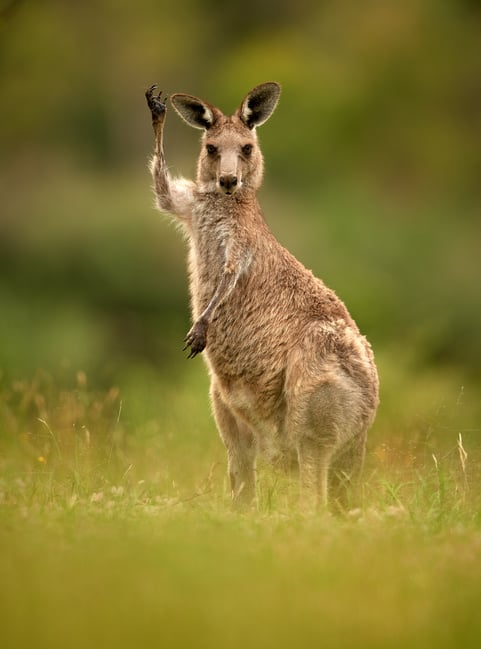For many months now, we’ve worked with wildlife photographer Libor Vaicenbacher here at Photography Life, and you’ve already seen his weekly news articles and his great work on the Nikon Z9 review. Today I’m happy to welcome him as the first member of the Photography Life team to be working full-time, alongside Spencer and myself! You’ll see many more of Libor’s excellent wildlife photographs and hear his fascinating travel stories in the years to come. Here he is to introduce himself.
I wanted to open this introduction by saying that, since childhood, I’ve loved all living things. But when I recall some of my experiences with various parasitic vermin feasting on my body, I realize that all living things is a bit generous. So, I’ll put it like this: Since childhood, I’ve loved birds in particular.
Once, back when I was in kindergarten, a mother’s friend took me to the local ponds during the spring bird migration, and I was transfixed. Of course, the most I recognized was a mallard, but that didn’t bother me at the time. With binoculars on my eyes, it was a wonderful adventure – the adventure of discovering the unknown. And it fascinates me to this day even more intensely.

About ten years later, I discovered the existence of the camera. Sure, we had cameras in communist Czechoslovakia too! But I discovered that photography is not just a mindless pressing of a shutter button. For the first time, I experienced the thrill of the “hunt.” You know it, don’t you? Far ahead of you in the field crouches a beautiful subject to photograph, and you have to capture it with your camera. Back then, I think it was ravens. My expectations were high, and so was my disappointment when my parents developed my first black and white film. The Soviet Zorki camera with a 45mm lens was not exactly the optimal choice for a bird photographer.
A great leap forward in time. College. I have a Pentax Super-A camera hanging around my neck and a 35mm lens mounted on it. At the time, I was equally interested in girls and photography. These two interests complemented each other well at college. My idols were documentary photographers like Jindřich Štreit, Josef Koudelka, Sebastião Salgado. I shot exclusively in black and white (that was cool) and the whole process, from developing the film to making prints in the darkroom, was under my direction.

It didn’t take long before I bought the SLR of my dreams. I spent my first paycheck as a beginning biology teacher (and all my long-term savings) to buy a Nikon FM3A. That camera is just awesome. Yeah, sure, the Nikon Z9 is a world away, but the FM3A is, in my opinion, the last of the Mohicans in a way. The last SLR with a soul. Maybe it’s because it was the last one that could work without batteries. I even bought a “super long” 105mm telephoto lens for that one.
I got my first professional assignments with this camera. Here and there, a wedding – and as a highlight of my career came a big photo shoot for the German company LAPP Group. The company sent me first to its German headquarters and then around the world. What an experience!

By then I had switched to digital SLRs. First the Nikon D70, as in the photo above, and then the D300. With them, I finally got a serious telephoto lens that went up to 300mm. For the first time in years, I started to photograph animals again. In the meantime, alongside teaching, I started working as an occasional tour guide in southern Africa, so there was plenty to photograph.
However, after my first amazement with the large mammals of Africa, I was more and more drawn to the relatively inconspicuous feathered creatures. After years of teaching, I announced that I needed a change and applied for a postgraduate study in the ornithological laboratory led by my (now) friend Prof. Tomas Grim. I explained to him at our first meeting that I urgently needed to go to South America to study bird diversity. He was so impressed by my boldness that he could not resist. And so I became a student again.

I packed up my bird handbooks, binoculars, directional microphone, stereo microphone, recorder, camera and my wife, and temporarily swapped the Czech Republic (with its 400 bird species) for Ecuador (which has more than four times as many). For about a year, I walked in the mountains from Colombia to Peru, studying the impact of non-native eucalyptus plantations on the bird communities of the high Andes. On my neck were binoculars, microphone and, of course, the camera.
Over time, I almost entirely stopped photographing people and focused my attention exclusively on animals. A friend who remembers my “human photography” days once asked me, “Do you still photograph anything normal, or do you only photograph birds now?” The truth is that I rarely photograph anything normal now.

Over time, I began to use my knowledge and skills acquired in the field in various talks and courses, which eventually led me to Nikon’s Czech Republic branch. For the last ten years or so. I have been running bird photography courses through Nikon such as Prague Wildlife, Šumava Wildlife, and – finally, as of 2021 – Expedition Ecuador.
In the Czech Republic, where I live and work, there are many great wildlife photographers around me. As I was looking at their Instagram during the strict quarantine, I found that many of them were winning awards in various prestigious competitions. And so I put myself out on the market.
Photography competitions could be compared to figure skating. It is necessary to target the tastes of the jury. Fortune was on my side, photographs of satin bowerbird and a waving kangaroo scored in major competitions such as the Golden Turtle and Nature’s Best Photography Awards.


With that, we come to the recent past. After nine years in front of the school blackboard, I felt the time was ripe for a big change again. Here, I will borrow Paulo Coelho’s words from The Alchemist. “When you really want something, the whole universe conspires in helping you to achieve it.” On my favorite photo website, which I have been reading for years (no, I’m not just complimenting my current employer), an article “We Are Hiring” appeared.
And so it happened that, together with other great photographers, I can be part of Photography Life’s team. A team of passionate photographers and writers who have something to say and enjoy sharing what they have learned in practice. I’m looking forward to that sharing with you.


Fantastic!
Excellent work, Libor, really love your pictures. I am sure you will fit right in with Nasim and Spencer at PhotographyLife. So, welcome!
Thank you so much, Roel. I feel the same about Nasim, Spencer and the rest of my colleagues. I’m definitely in inspirational company.
Libor, I completely agree with Roel: so glad you have joined PL full-time! Great addition to the team of so many talented people contributing to PL.
Thank you, Mark.